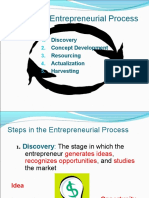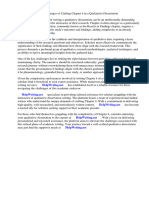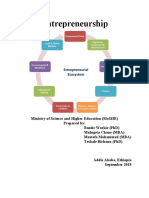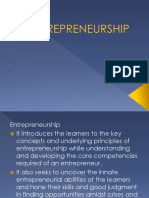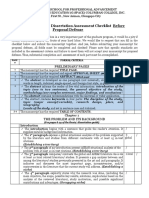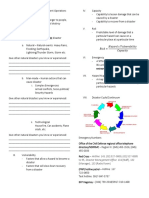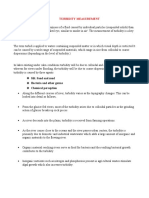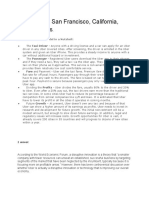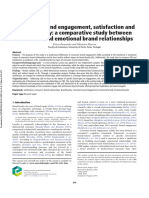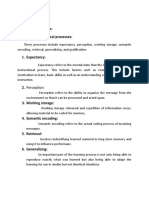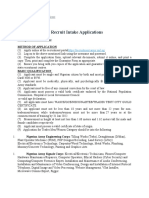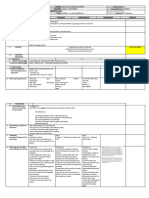0% found this document useful (0 votes)
271 views20 pagesSteps in The Entrepreneurial Process: Discovery Concept Development Resourcing Actualization Harvesting
The document outlines the 5 steps in the entrepreneurial process: 1) Discovery, 2) Concept Development, 3) Resourcing, 4) Actualization, and 5) Harvesting. It then discusses identifying opportunities versus ideas, developing a business concept and plan, acquiring financial and other resources, operating the business, and planning for future growth or closing down operations. Risks for entrepreneurs include financial, career, family, psychic risks from the potential for business failure and stress from loneliness, long work hours, and the pressure to achieve goals.
Uploaded by
bakhtawar soniaCopyright
© © All Rights Reserved
We take content rights seriously. If you suspect this is your content, claim it here.
Available Formats
Download as PPTX, PDF, TXT or read online on Scribd
0% found this document useful (0 votes)
271 views20 pagesSteps in The Entrepreneurial Process: Discovery Concept Development Resourcing Actualization Harvesting
The document outlines the 5 steps in the entrepreneurial process: 1) Discovery, 2) Concept Development, 3) Resourcing, 4) Actualization, and 5) Harvesting. It then discusses identifying opportunities versus ideas, developing a business concept and plan, acquiring financial and other resources, operating the business, and planning for future growth or closing down operations. Risks for entrepreneurs include financial, career, family, psychic risks from the potential for business failure and stress from loneliness, long work hours, and the pressure to achieve goals.
Uploaded by
bakhtawar soniaCopyright
© © All Rights Reserved
We take content rights seriously. If you suspect this is your content, claim it here.
Available Formats
Download as PPTX, PDF, TXT or read online on Scribd
/ 20
